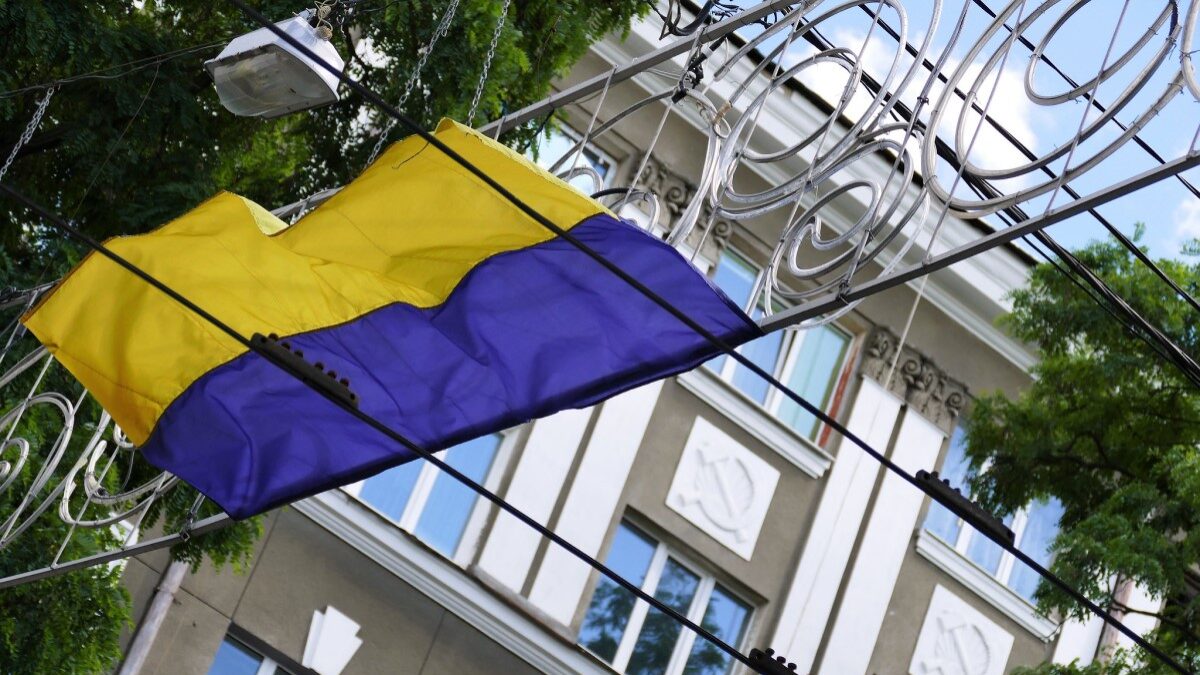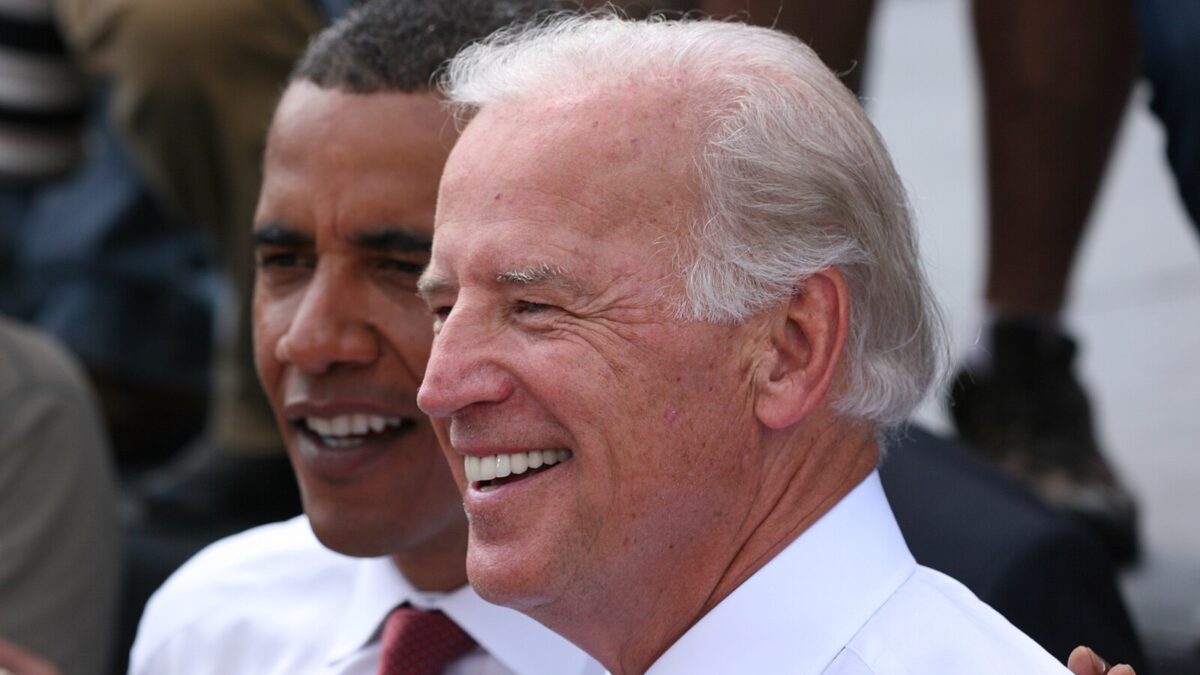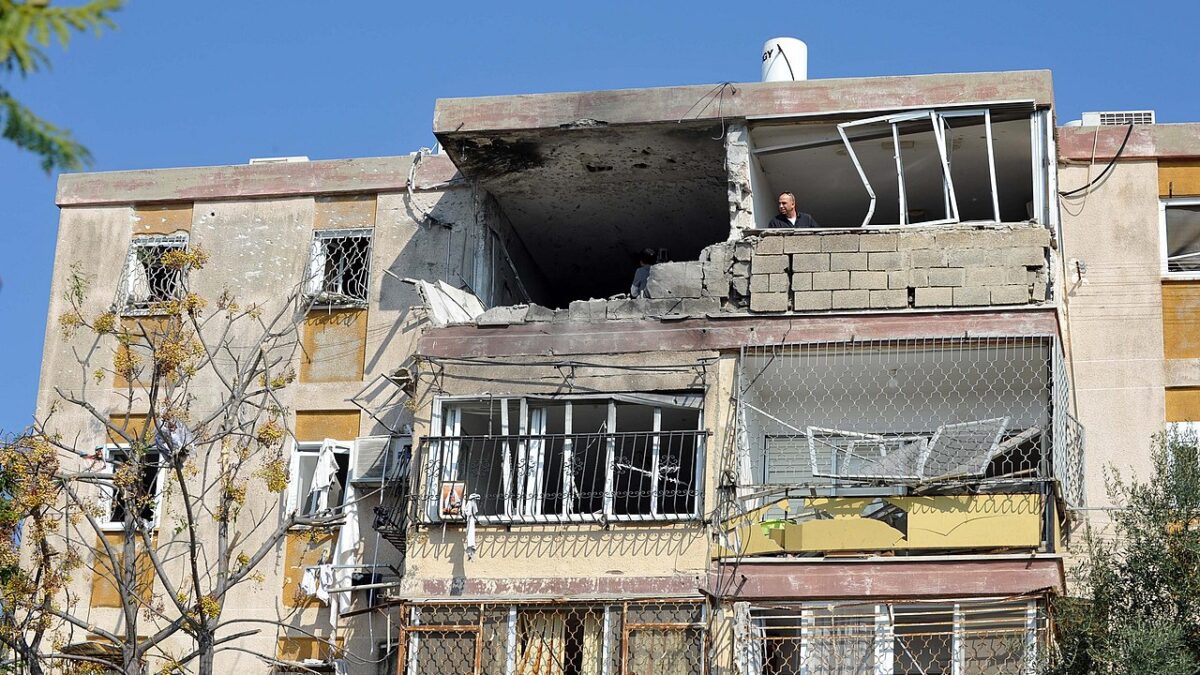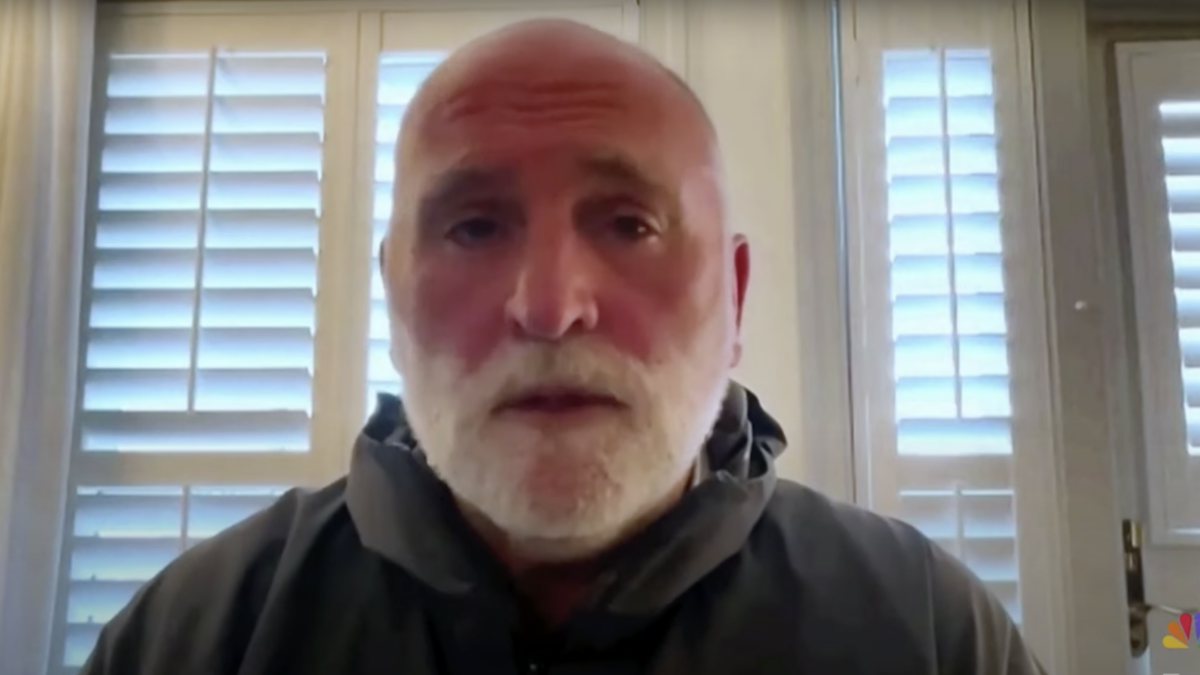As the sun set on the fifth day of Russia’s offensive war on Ukraine, peace talks started in Belarus. These talks are designed to raise hopes in Ukraine and signal a willingness to talk to the world.
But they are likely a charade, a ruse by ex-KGB officer Vladimir Putin, Russia’s president. When the talks “fail,” Putin will likely place the blame for additional destruction on Ukraine’s President Volodymyr Zelenskyy.
So, what may be next?
Russia’s assault on Kharkiv is intensifying with heavy bombardment. Ukraine’s second-largest city’s outer belt road is only 13 miles from the Russian border. This makes securing the supply lines to the city far easier than routes leading to Kyiv. It also means that artillery and rocket systems bombarding the system can largely be stationed in Russia itself, relatively safe from Ukrainian forces.
More than 1 million people live in Kharkiv. Physically securing the city would result in massive casualties for the largely conscript Russian force—a force that has proven itself poorly led and with low morale. As a result, there is a significant possibility that Putin believes destroying Kharkiv might cow Zelenskyy into surrender.
If the bombardment of Kharkiv continues and features the deployment of large thermobaric bombs, it means Putin is willing to risk the swing of much of world opinion against him, which could, in turn, further damage Russia’s economy and imperil his personal rule.
In the meantime, Russia continues to resupply its forces in the vicinity of Kyiv. This is the main fight. The supposed pause in Kyiv has been linked to talks in Belarus. It’s really due to the ongoing challenge of maintaining supply lines over 60 to 70 miles via secondary roads that run through forests and swamps—roads that may be interdicted by Ukrainian light infantry who were positioned for this purpose.
Russian forces may surround Kyiv while destroying Kharkiv, and then pressure Zelenskyy into accepting terms or else see his capital city reduced to ash.
Some critics of the calculation that the Russian assault on Kyiv has stalled point to the U.S. buildup and capture of Baghdad in 2003. The American and allied assault featured 309,000 personnel supplied from a distant shore fighting 340 miles from Kuwait to Baghdad, about five and a half times the distance from the Chernobyl salient on the Belarusian-Ukrainian border to Kyiv. Opposing them were some 375,000 Iraqi military personnel.
That operation started on March 20, 2003. The government of Saddam Hussain fell on April 9, 20 days later. The big difference is that Hussain’s government had already generated its maximum military power at the moment of the U.S.-led offensive. In Ukraine’s case, the stand of Zelenskyy and his refusal of the U.S. offer to evacuate him, has led to a nation in arms. Ukrainian military power is growing as citizens mobilize.
In the meantime, the Russian Ministry of Defense has suggested that Belarus will join the fight against Ukraine. But President Alexander Lukashenko of Belarus has increasing public unrest of his own to deal with. And his military is even less well-trained and equipped than the Russian military. Further, the 674-mile-long border between Belarus and Ukraine is defined by the dense Pripyat Marsh, a significant natural obstacle that makes north-south movement difficult.
Lastly, in a significant development, North Atlantic Treaty Organization nations are giving combat aircraft to Ukraine—all of it Soviet-era equipment that the Ukrainians already know how to operate. Most significant among these are Poland’s 27 well-maintained and updated MiG-29s, the same model flown by many Ukrainian pilots. America pledged it will replace these donations with more capable F-16 fighters that these NATO nations are already flying.
The donations of fighter and ground attack aircraft to Ukraine are of a higher profile than donations of ammunition, and shoulder-fired antiaircraft and antitank systems. Russia will likely feel the need to escalate its rhetoric in response to this move.
As this conflict enters its first full week of fighting, it’s important to reflect that Ukrainian resistance has been far fiercer and more effective than most analysts expected—and certainly more than Russia expected. It recalls one of Napoleon’s dictums, “In war, the moral is to the physical as three is to one.”
Ukraine has the moral high ground in this fight. as exemplified by their remarkable, and in many ways, unlikely, President Zelenskyy—a person who shows that one man can make a difference in history.









